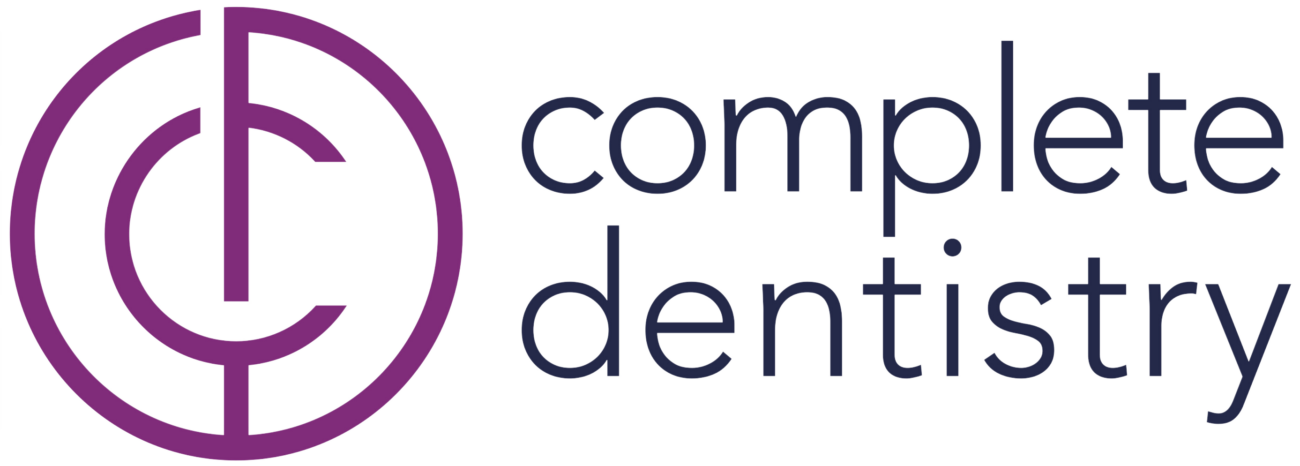Most people tend to associate braces with the teen years, and it’s no wonder: For a long time, the teenage years were considered to be the most opportune time to begin orthodontic treatment. The theory was that by that time, most of the secondary teeth would be in place, and it would be easier to identify problems and map out treatment.
But today, thanks to advances in orthodontic treatments and a better understanding of the very early stages of orthodontic problems, dentists and orthodontists agree that the best time to begin treatment is while at least some of the primary or “baby” teeth are still in place. In fact, the American Association of Orthodontists recommends children have their first orthodontic evaluation at least by the time they’re seven years old. Many children may benefit from an even earlier evaluation.
What’s the purpose of early evaluation?
The primary goal of early evaluation is to identify issues that may result in more serious problems later on and to reduce the severity of those problems in their earliest stages. By seven years of age, the first secondary or “adult” molars begin to come in, making it easier for a dentist to evaluate the relationships between teeth and identify potential spacing and crowding issues. Likewise as incisors begin to erupt, overbites, underbites, crowding and other concerns may be identified. When these issues are caught early, interceptive treatments may be used in some patients to mitigate problems or, in some cases, even to prevent them.
What are some of the problems interceptive or preventive treatment may address?
Early evaluation and preventive can help address several orthodontic and dental issues, including:
- Making room for teeth that are being crowded during eruption
- Reducing risk of injury in patients with protruding teeth
- Reducing or eliminating the need for tooth removal
- “Holding” space for teeth that haven’t emerged yet
- Reducing the time a patient may have to wear braces
Interceptive techniques can involve the use of “space maintainers” that serve as placeholders for adult teeth. Maintainers are used when baby teeth call out early, before the adult tooth is ready to take its place. When the space is left vacant, other teeth may crowd into that space, making it more likely that the adult tooth will not come in properly. In essence, maintainers act as guides for those adult teeth so they have a much better chance at winding up in their proper space.
When crowding is an issue, some patients may be good candidates for expanders, dental devices that help gently expand the interior size of the mouth while the mouth is still growing. Expanders can reduce or eliminate the need for tooth extraction later.
In addition, preventive and interceptive techniques can help ensure the jaw and bite develop symmetrically, helping to avoid dental problems that can result from poor bite alignment while improving the appearance of the jaw and mouth areas.
Some children, including those with primary and secondary teeth, may benefit from Invisalign Teen. Using a series of clear, removable aligners, Invisalign Teen was developed for younger patients to help improve bite problems early on. When baby teeth are still present, space can be left in the aligners to accommodate adult teeth when they emerge.
When should my child be evaluated?
While the AOA recommends seven years as the maximum age by which a child should first be evaluated, there’s no need to wait until your child’s secondary teeth begin to emerge to take advantage of the benefits of interceptive treatments. In fact, many techniques, including the use of expanders and space maintainers, can be used long before age seven to gain their greatest benefits. Although baby teeth will eventually fall out, until then they act as guides for the adult teeth, and correcting problems in the primary teeth helps ensure the secondary teeth come in straighter.
Dr. Freano is skilled in early intervention techniques that can help your child have the best and healthiest smile possible. To learn about the orthodontic approaches she provides or to schedule an evaluation for your own child, call us today.
